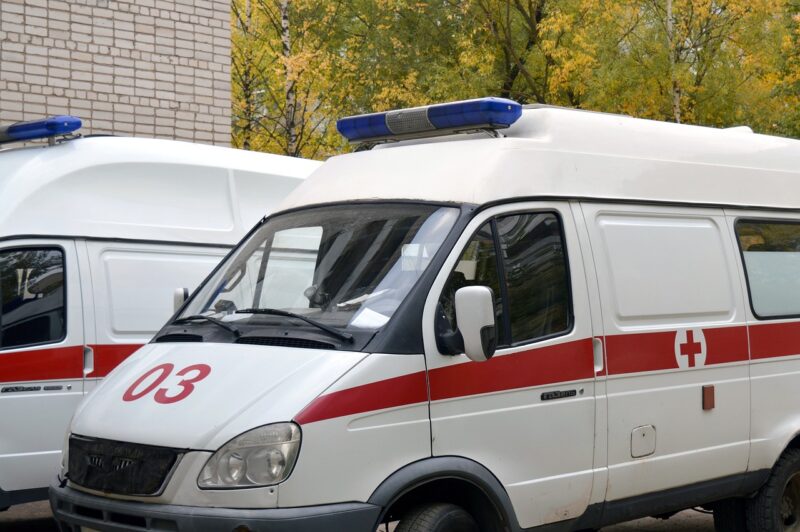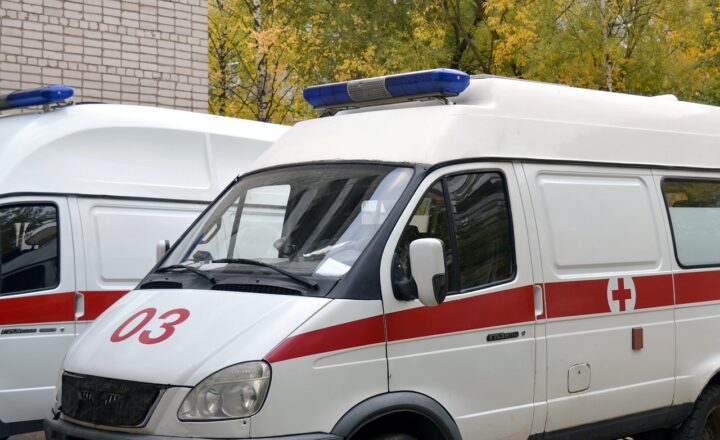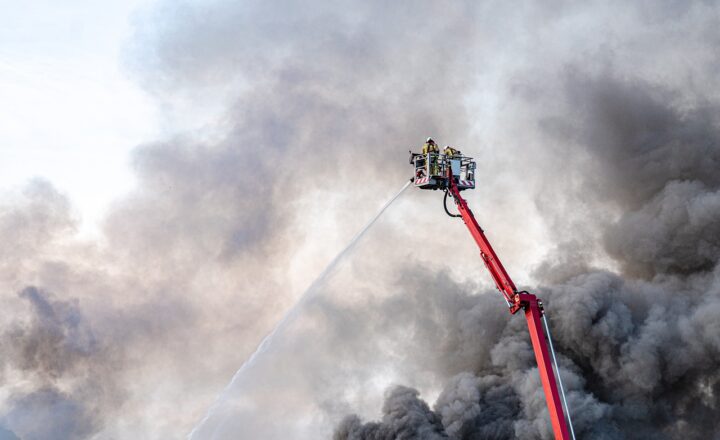How Ambulance Crews Prepare for High-Pressure Scenarios and Life-Saving Missions
November 13, 2024

Emergency medical services (EMS) are often called upon in high-pressure scenarios where every second counts. Ambulance crews face challenging situations ranging from traumatic injuries to medical emergencies that require swift and accurate interventions. The preparation and training involved in equipping these brave professionals for such life-saving missions is both extensive and critical.
1. Understanding the Nature of Emergency Situations
Before we delve into how ambulance crews prepare, it’s essential to understand the types of situations they encounter. Ambulance crews respond to a vast array of emergencies, including:
- Trauma cases from accidents and falls
- Cardiac arrests and respiratory failures
- Stroke incidents requiring immediate medical attention
- Overdoses and poisoning
- Childbirth emergencies
Each of these scenarios requires specific skills, rapid assessment, and an ability to make critical decisions under pressure. The nature of their work demands that ambulance crews be well-prepared, both mentally and physically, to handle a variety of situations.
2. Rigorous Training Programs
All ambulance crews, including paramedics and emergency medical technicians (EMTs), undergo rigorous training to ensure they can perform effectively in high-pressure situations. The training consists of:
- Basic Emergency Medical Training: Initial training includes basic life support techniques, patient assessment, and first aid skills. EMTs learn how to operate life-saving equipment such as defibrillators and administer oxygen.
- Advanced Clinical Training: Paramedics pursue further education that includes advanced pharmacology, airway management, and trauma care. They are trained to perform more complex procedures like intubation and administering medications in critical situations.
- Simulated Emergency Scenarios: Training often involves simulated scenarios that mimic real-life emergencies, allowing crews to practice their skills in a controlled environment.
- Crisis Management and Decision-Making: Ambulance crews are trained to think quickly and efficiently. They learn to assess a situation rapidly, prioritize actions, and communicate effectively with other emergency responders and hospital staff.
These comprehensive training programs ensure that ambulance crews are well-versed in the latest medical protocols and emergency response techniques.
3. Physical and Mental Preparation
Preparing for high-pressure scenarios involves not just skill and knowledge but also physical and mental readiness.
Physical Fitness Training
Ambulance personnel often face strenuous physical demands, whether it’s lifting patients or performing procedures in confined spaces. They engage in regular fitness training to:
- Build strength and endurance for lifting and moving patients.
- Enhance agility and flexibility for maneuvering in tight quarters.
- Maintain a high level of stamina to handle long shifts and extended emergencies.
Mental Resilience:
Mental health is a critical component of an ambulance crew’s ability to perform effectively. The nature of their work can be stressful and emotionally taxing. To build mental resilience, crews:
- Participate in stress management programs to learn coping mechanisms.
- Engage in team-building exercises that bolster camaraderie and emotional support among colleagues.
- Receive training on recognizing signs of trauma and burnout, ensuring that they seek help when needed.
4. Use of Technology in Emergency Medicine
In addition to training, technology plays a pivotal role in how ambulance crews prepare for emergencies. Modern ambulances are equipped with advanced medical technology that aids in patient care:
- Electronic Patient Care Reporting (ePCR): This technology allows crews to document patient information in real-time, ensuring that accurate details are communicated to hospitals before arrival.
- Telemedicine Capabilities: Some ambulances are equipped to conduct telemedicine consultations, where paramedics can connect with emergency physicians during transport for guidance on treatment.
- Advanced CPR Tools: Devices that assist with compression and feedback tools that ensure effective CPR can significantly increase patient survival rates.
These technological advantages enhance the capacity of ambulance crews to deliver effective emergency care and prepare them for high-stakes scenarios.
5. Collaboration with Other Emergency Services
Effective emergency response requires seamless collaboration between ambulance crews, fire departments, police, and hospitals. Crews familiarize themselves with the protocols and operations of other emergency services through:
- Joint Training Exercises: Multi-agency training sessions help crews practice coordinated responses to large-scale emergencies, ensuring everyone knows their roles and responsibilities.
- Regular Communication Drills: Frequent exercises in communication protocols improve real-time information sharing during emergencies, minimizing the chances of miscommunication.
- Community Outreach Programs: Engaging with the community builds valuable relationships that improve public understanding of emergency services and foster trust.
This collaborative approach leads to faster response times, improved patient care, and better overall outcomes in emergency situations.
6. Conclusion: The Importance of Preparedness in Emergency Medical Services
Emergency medical services play a critical role in society, often standing between life and death in high-pressure scenarios. The preparation of ambulance crews through rigorous training, physical and mental conditioning, advanced technology, and collaboration with other emergency responders ensures that they are ready to tackle life-saving missions.
By continually improving their skills and engaging with the community, ambulance crews contribute to a safer environment for all. Their commitment to preparation and excellence is what allows them to perform effectively when it matters most. When the sirens wail and the call comes in, these professionals answer with readiness, resilience, and resolve.
In conclusion, understanding how ambulance crews prepare helps shed light on the complexities of emergency medicine. As the demand for effective emergency response grows, so too does the dedication of those who stand ready to serve.








